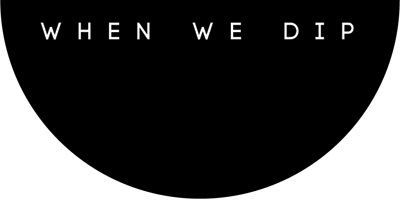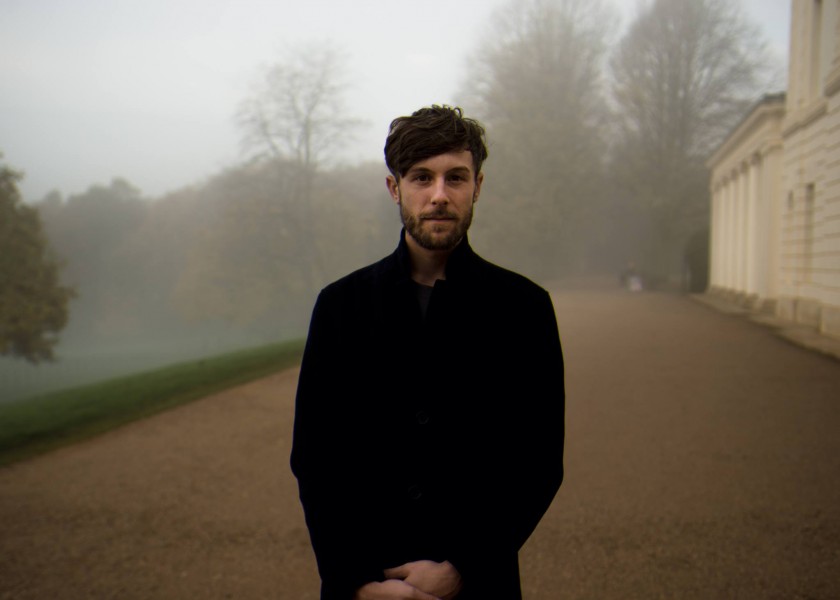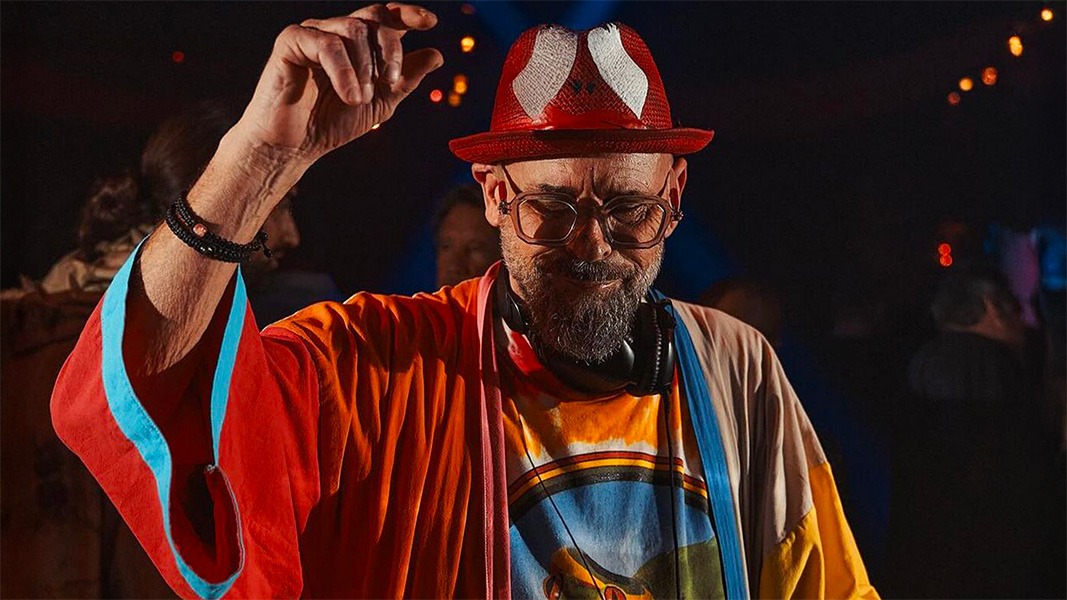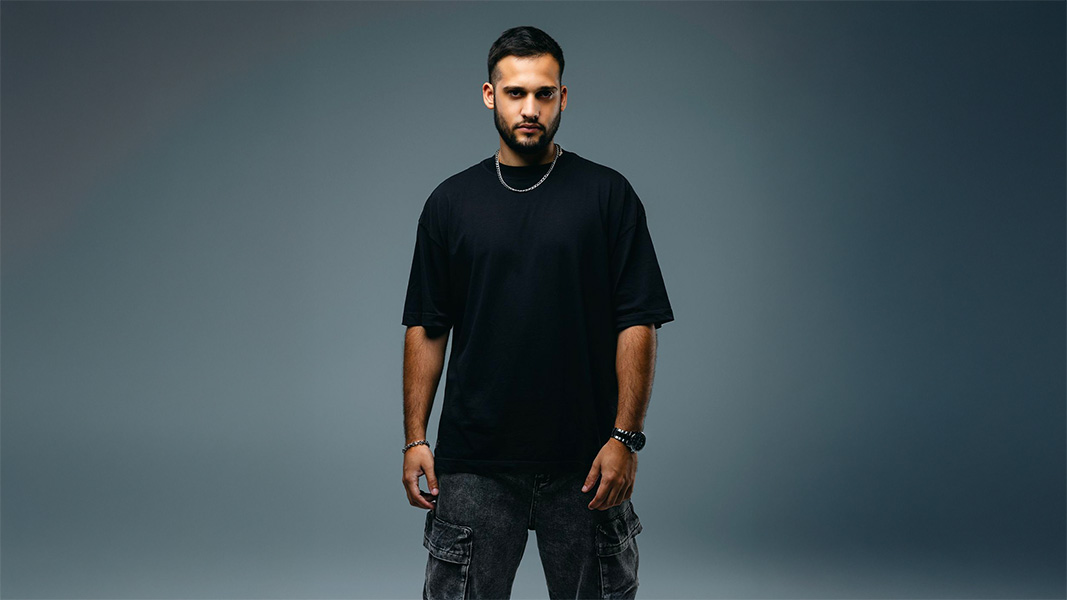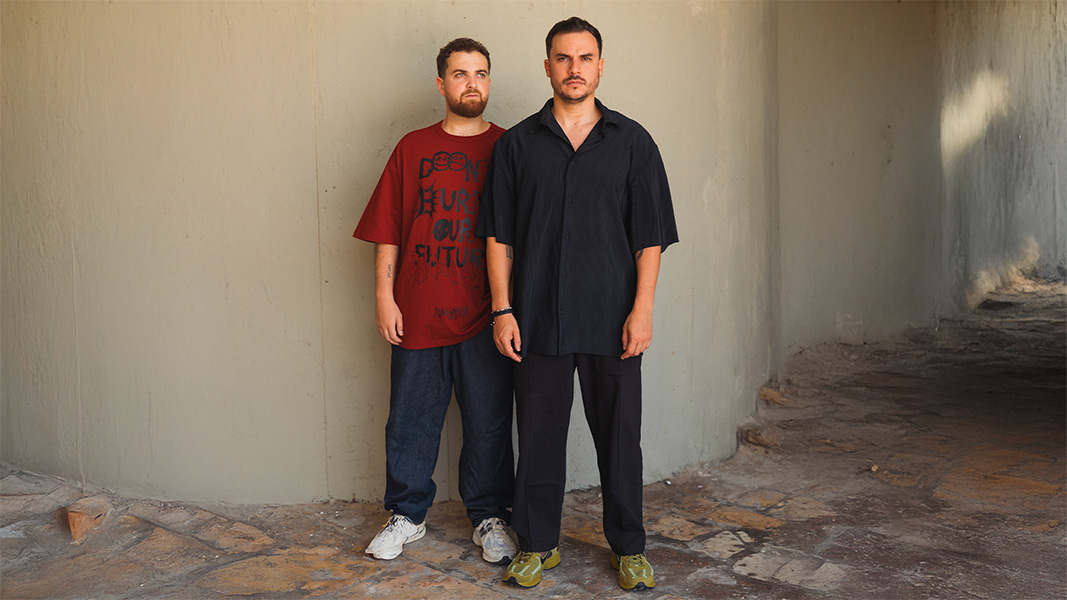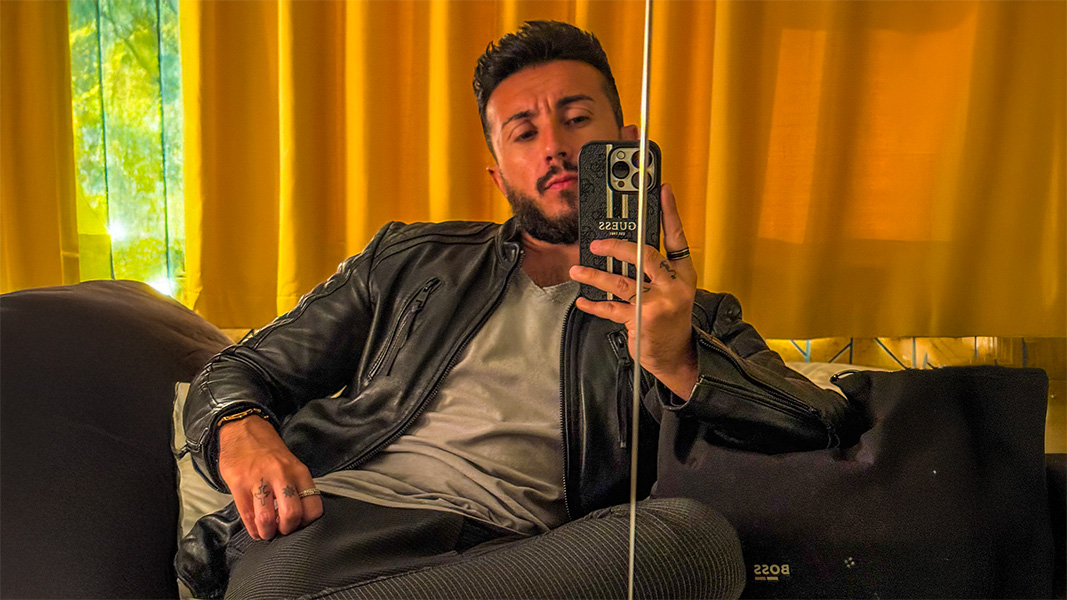It’s not often an LP in this domain catches our eye like this. The latest work from Londoner Ashworth is undeniably an impressive electronic blend and a real coming of age for the producer. The release follows works on the likes of Sneaky London, Arkhive, Little Helpers and Anjunadeep, while it shares stylistic similarities to his previous releases, the LP also showcases his alternative “B-side”.
Powerful four-to the floor cuts like “Cork”, “Drain” and “Ventricule” lead the way but there is a collection of intelligent and sophisticated down-tempo wonders that attempt to steal the spotlight, these include the likes of “Descent”, “Epee” and “Clouded”. The LP exhibit all the good things we know about Ashworth and more. It’s certainly an astute release for the Needwant outfit.
Catching up with the main man this week, he talked us through the process, the concepts behind the release and lots more. Excitingly, Ashworth also shares an exclusive full premiere from the release. Check out “Saw Dust” below!
WWD : First off congrats an the LP. It’s a very impressive release!
Thanks!
WWD : ell us about the moment you decided “yep that’s it, all done!”.
The writing of the album happened really quickly, it was all written in under 2 months, but the mixing and tweaking took a long time. Sean from NeedWant is a perfectionist just as much as I am, so we both kept finding things to tweak and improve. I don’t really remember the actual moment we agreed it was finished, but my girlfriend did pop open a congratulatory bottle of champagne one day so that felt like a moment.
WWD : What was the biggest influence to start work on an LP?
I made most of the music with an EP in mind. I was making some more dance floor tracks, and then weirder tracks to go on the B-Side. I ended up making so many, that an album started to seem like a good idea. I genuinely think that if we’d have decided to make an album from the start, i’d still be making it now, and it wouldn’t be as good. I was churning out the music and enjoying it because I didn’t feel any pressure.
WWD : Going into the studio, what were you hoping to achieve with the productions?
When i’m in the studio, i’m either inspired or i’m not. When i’m not, i’ll work on sounds and patches, do boring admin stuff, listen to other music, but i’ll never try to force inspiration. When i’m inspired, the process is pretty lucid – I just start something I think seems cool, and keep developing it. If it’s working i’ll carry on, and if it’s not I’ll start something else. I make my mind up on tracks after i’ve got them to a certain point. If I go into the studio with a plan, the tracks don’t come out right – they either sound too close to someone else, or just sound a bit stuffy somehow.
WWD : From Descent to Cork to Nine, there’s much surface variance on the release but the central style remains throughout. In your eyes is that a key element to binding an LP together?
It’s good to hear that, I do worry sometimes that it’s hard music to place, especially with things becoming so compartmentalised in dance music. A lot of my favourite producers make music that all sounds very similar, and in a way I envy them as I don’t think i’d ever be able to work like that. There are certain things that i’m drawn to, that link my music together. Certain styles of drum programming, using mixtures of organised organic sounds on top of electronic sounds. I’m well aware of the house and techno context that my music falls into, but I never like to reference too explicitly. For example, I don’t think i’d use an Amen break, or a ravey piano, an exclusively 909 drum kit, or a 303.
WWD : How did you first come into contact with Needwant? Any particular reason the label provided the optimum place for the release?
A friend works at the label, and he sparked up the discussion quite a while ago. I’ve always liked NeedWant and think they have a great, classy output. I actually recorded an EP for the label under a secret alias last year so this isn’t my first release with the guys.
WWD : Can you tell us about some of the key production tools behind the album?
I use logic and the usual plug-ins that most people seem to use these days. I think my microphones are as useful tool as any, recording stuff helps give me a unique and organic sound so I use recorded sounds as much as I can. I do a lot of things with recorded sound like humming one long note into a mic, then processing that and using it like a pad sound. I’m not a huge hardware buff, but at the time of recording, I had access to a lot of amazing gear, so I used lot of analogue (MS20 for the lead on ‘Cork,’ 808 drums and ARP2600 for ‘Ventricle,’ lots of 909 scattered throughout, I ran a lot of things through the Sherman Filterbank and a Rehberg Synthi. I have SlimPhatty in the studio which I use a lot also for bass sounds.
WWD : Were there any albums in the electronic domain that stood out for you beforehand as ideal examples of quality LPs?
I consciously avoided listening to house and techno music when making the album as I feel like taking influence from outside of what I’m making leads to more interesting ideas. When making the album, I listened to a lot of modern minimalist music such as Arvo Part, Steve Reich and John Tavener. Since the album I’ve been getting right back in to electronic music. Citizen’s album is wicked, as is Levon Vincent’s LP, and a few other droney records have really impressed me such as Alva Noto’s latest album.
WWD : Now that the production side of things is all sewn up. What does the rest of the Summer have in store for Ashworth?
I’m throwing a launch party at a little venue in Stoke Newington (London) called the Waiting Room on 10th July. I’ll play all night, it’ll be fun and stress-free, anyone can come (until it’s full) and entry is free. Aside from that, a good few DJ shows are lining up, and I’ll be putting out a few more straight-up underground club-based house and techno records.
Grain LP set for Release July 6th.
